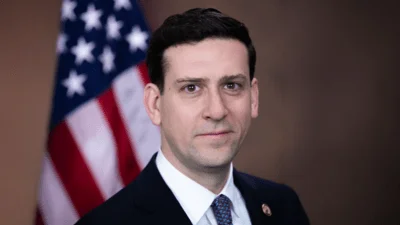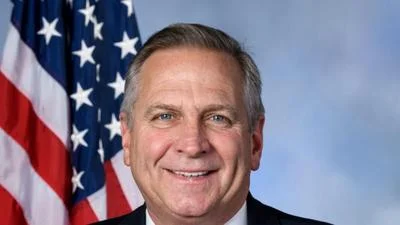Energy and Commerce Committee Chairman Frank Pallone, Jr. (D-NJ) delivered the following opening remarks today at a Communications and Technology Subcommittee hearing titled, “Broadband Equity: Addressing Disparities in Access and Affordability:"
We're here today to talk about equity in broadband, and the very real disparities that exist in broadband access and affordability. These disparities create a tremendous gap in educational outcomes, available health services, and job prospects between households that have broadband and those that do not. And the gap has become even more apparent since the beginning of the COVID-19 pandemic as we’ve seen a wide range of services and opportunities move online, including online schooling and virtual meetings. As we increasingly become a digital-first nation we must ensure that everyone has the same ability to access and use the internet to participate in society.
For too long, the term digital divide has been used to characterize the differences in quality and speed of internet networks in rural areas, compared to those in urban areas. There is no doubt that government must step in and invest where the marketplace doesn’t support the business case for private broadband investment in any community in our nation.
But that's just the start. Studies have shown that within all sorts of different communities broadband service isn’t always available or of equal quality. Certain communities somehow always find themselves at the back of the line when it comes to upgrades to the network.
It’s also disappointing that there is a digital divide between races and ethnicities when it comes to broadband access. While 80 percent of White households have broadband access, that is true of only 70 percent of Black households, and 65 percent of Hispanic households. A Deutsche Bank study found that Black and Hispanic Americans are “ten years behind" White Americans in terms of broadband access, severely hampering their long-term employment and earning prospects.
And it doesn’t end there-lack of access to home broadband also harms scores in school and dims the employment prospects of students.
We are here to discuss how best to address these inequities, and it is not as simple as ensuring that broadband networks are built to these communities. That is a critical first step, but affordability is a major barrier to broadband adoption for low-income communities. In fact, some studies have estimated that of the households that do not have broadband, three times as many of them are located in urban areas than in rural areas. Simply put, having a network that runs right to their doorstep doesn’t mean that these families can pay the monthly cost of service.
We came together, Democrats and Republicans, in December to pass the Emergency Broadband Benefit, which will provide struggling families a discount of $50 off the monthly cost of their home internet service. The discount is $75 a month for those living on tribal lands. The Federal Communications Commission is set to roll out the benefit next week. I hope we can all work together to make that program a success, but affordability is going to continue to be a problem for some families even after that program ends.
Finally, we must ensure that all Americans have the digital skills necessary for themselves and their families, but also for the jobs of tomorrow.
These are all tough problems, but they are problems that we can solve. Ensuring that all Americans can be a part of the digital economy will make our nation stronger, more economically competitive, and will help us continue to lead the digital revolution.
I look forward to hearing from our witnesses about the solutions that will get us there, and I look forward to working with members on both sides of the aisle to make it happen.
Thank you.




